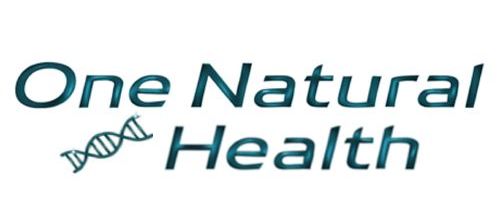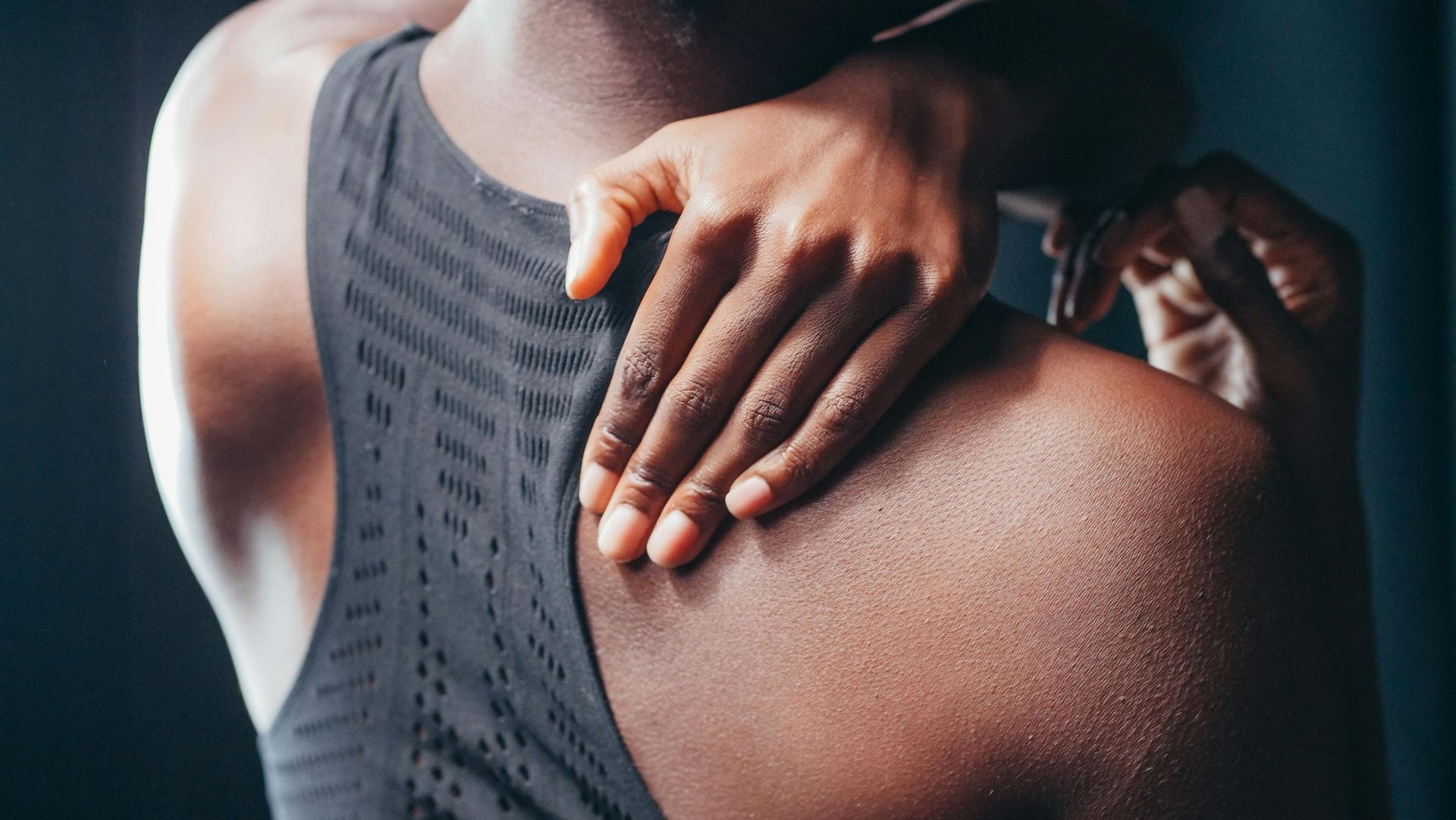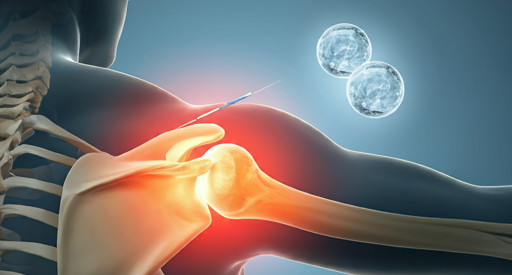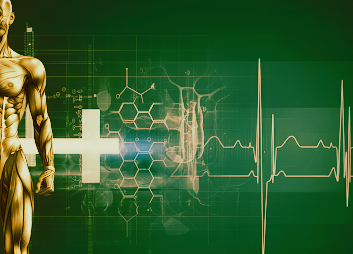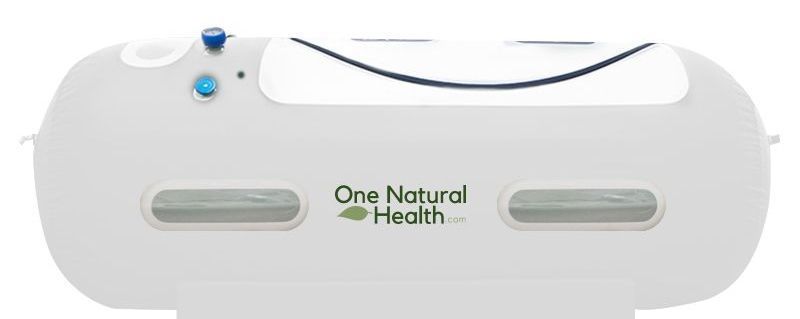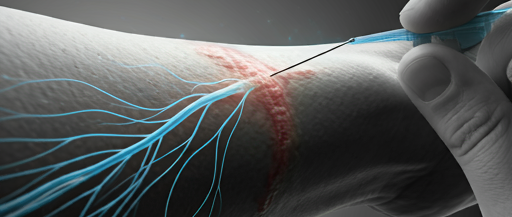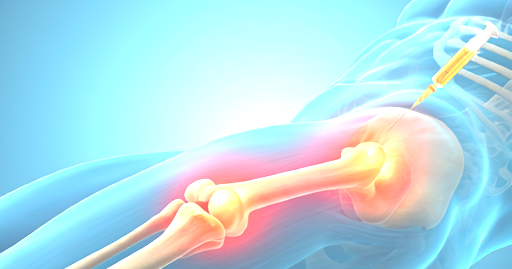What are the side effects of platelet rich plasma? (PRP)
Platelet rich plasma or (PRP) therapy is therapy to treat a range of medical issues. It is utilized for pain relief for musculoskeletal conditions, such as joint and knee injuries among others. If you're a patient who's seeking treatment with PRP the most frequent question you may ask is about the safety and risk of PRP injections, and secondly the cost.
So what are the adverse effects that could be experienced after injecting PRP into joints, it is actually quite safe and poses a very low chance of experiencing significant adverse consequences. However there are some possible but uncommon problems that may be experienced, such as blood clotting, an allergic reaction, localized infections, and nerve injuries. In addition, the most typical side effects that occur after the injections include bruises as well as pain in the injection site that may last a few days.
Are There Serious Risks In Getting PRP Injection Treatments For Joint Pain?
One of the things that patients need to be aware of about platelet-rich plasma infusions is they are an autologous therapy. This means that it utilizes the patient's own platelets which are derived by the patient’s blood.
There's virtually no chance that PRP injections are rejected by the body that would trigger a severe reaction. This is why PRP treatments stands out along with autologous stem cell therapy options over surgical procedures, where risk of infection, even deep to the bone or blood, is quite possible.
Here are a few possible risks associated with PRP treatment for joint pain or soft tissue injuries.
1.) Allergic reaction (Extremely Rare)
If the body is triggered to react to a foreign substance or injection into the body, an allergic reaction could occur. If this happens the immune system develops antibodies to defend itself and prevent them from infecting healthy cells, which is very rare as PRP is from the patient's own body.
2.) Local infection
PRP is most commonly used for intra-articular injection or soft tissues around the joints. However, while it's not requiring an incision of any size, the injections can be quite painful, they are usually delivered under ultrasound guidance as placement is key with PRP and stem cells, compared to ozone therapy where gas travels better and is in less need of ultrasound guidance.
To limit the risk of infection, doctors should be sure that they administer this process in a secure setting and only use sterilized, medical-grade equipment for injections and the preparation for the preparation of serum. Patients should avoid touching, rubbing or massaging the affected area to avoid infection of the wound. Adding anti-bacterial oxygen and ozone with PRP injections reduces the worry of infection potential which is what we do with every PRP patient at One Natural Health.
3.) Blood clotting
Many physicians use ultrasound or live x-ray in order to direct the PRP injections to the affected area. In the rare event PRP comes into contact with a vein, this could result in bleeding clots.
It's crucial to address any blood clots to prevent other risks.
4) Injury to the nerve or damaged tissue
A different, but less common adverse reaction is damaged tissue or nerves. These may occur if the injection was not properly placed or when there’s an injury directly to the tissues surrounding the nerves from the needle.
When the nerve is injured, it is likely to heal back in a few weeks to a few months. However, if the patient is experiencing symptoms such as persistent numbness, muscle weakness or pain that is sharp that is not resolved, they should seek medical attention.
5) No improvement or changes in symptoms
Very rarely do we see slow or no changes in the joint's condition after PRP injections. It could result from the low level of platelets and the growth factors present in the patient's blood.
In some instances the joint needs a higher level of healing, where we then utilize Stem Cell Therapy by injection or intravenously.
Common Side Effects Of Injecting PRP To The Joint
The more frequent side effects associated with PRP treatments to treat joint pain may be connected with the administering of the injection. Because most injections utilize tiny needles, there is the possibility of minor injury to skin tissues that could result in temporary side effects such as bruises, pain at the injection site bleeding, swelling, and bruising.
1) Post injection flare
This adverse effect is related to the sensation of swelling or pain in the joint following PRP injections. It's not a cause for serious issue and usually disappears within two or three weeks after the procedure. In most cases the flare-up after injection occurs as a result of a reaction by the body's response to the needles, or the serum that was injected. This flare is negated by adding oxygen to the injection.
2) Stiffness
Patients who receive PRP may experience joint stiffness following their procedure. It could be due to the initial inflammatory response that results from the injections of plasma rich platelets. The inflammation, however is essential to trigger the healing process which results in the growth of new cells and the regeneration of tissue in joint. Stiffness is negated by adding oxygen to the injection.
3) Bleeding
It's also normal for there to be some minor bleeding after injections in the region the PRP was injected into. This may be due to the fact that the needles penetrate the skin and cause injury to tissues during the injection. After the injection the provider can also cover the site with a bandage or a splint to control the bleeding and shield the wound from infection.
4) Swelling
Patients may also experience swelling post-procedure from PRP treatments. When the PRP injection begins to take effect, the body experiences an inflammation reaction which can trigger tissue healing process in the joint. If patients experience swelling, it's generally an indication that the injection of PRP is working.
The side effect may last for a few weeks after treatment and be able to heal in its own. If it is causing persistent discomfort and discomfort, it is suggested that you may put an ice pack on the area of injury to reduce the inflammation. Swelling is negated by adding oxygen to the injection.
5) Bruising or skin discoloration
It's also normal for patients to observe the skin around the area being treated to be discolored following the injections. This happens when blood vessels that are close to the skin's surface are damaged or injured by the injections. The majority of bruises will fade and disappear completely within 7-10 days after the procedure.
PRP: Benefits for Joint Pain and Overview of the Injection Procedure
PRP's effects and its superior capacity for cartilage repair and repair of ligaments, damaged tissue and muscles are unmatched. The advantages of PRP injections for the treatment of joints include:
- Reduces the risk of surgery and related complications.
- It provides long-lasting relief from pain and improves knee osteoarthritis that is symptomatic.
- Reduces the chance of injury or damage the joints.
- Improves mobility and joint mobility in patients suffering from chronic pain.
- Increases healing speed and speeds recovery after knee surgery to relieve pain and injuries
- Treats common ailments such as muscles strains, torn cartilage and hip arthritis, as well as tendon and ligament sprains efficiently
- Treats joint pain more effectively than cortisone injections
The procedure of PRP is quite simple, and, since it's non-surgical, it's considered an inpatient procedure. This article will provide an overview of the way PRP injections to joints and soft tissues are typically performed:
- The treatment begins by taking an venous sample of the patient. The doctor will usually collect the blood out of the patient's arm.
- In the next stage to make the serum, by placing the blood sample into a centrifuge machine. The blood sample will be spun with high speed to separate the platelets from red blood cells and the white blood cells. It's crucial to obtain an abundance of platelets because this type of cells play an important function in healing joint injuries.
- After centrifugation they create the PRP mixture to be used for joint injections.
- The PRP is then injected using the aid of ultrasound to ensure that they are placed precisely on the area of injury. The amount of injections to be administered depends on the kind of problem being addressed. In general, it is possible to require 10-30 injections to treat knee arthritis or a similar sized joint.
- In addition to the extraction of blood, centrifugation and injections, patients can anticipate that the entire process could take between 45 minutes to 90 minutes.
Important Reminders Before and After PRP Injections
To ensure the safety and effectiveness of PRP injections there are numerous reminders to follow before patients undergo the procedure. Here are a few things patients should be aware of prior to the procedure
- At four weeks at a minimum prior to treatment, discontinue corticosteroid shots or steroid injections
- Stop the use of blood thinners and anti-inflammatory drugs for at least one week prior to the procedure.
- To make the extraction of blood more efficient, patients must be well-hydrated prior for the PRP treatment.
After receiving the injections, patients are able to go home that same day and resume their usual routine. However, they should be advised to be cautious because they may suffer from post-injection symptoms such as flares and other. To have a smooth recovery after PRP injections here are some aftercare tips:
- Do not engage in strenuous activity or exercising during the first few days after the injections
- Do not take anti-inflammatory medication and instead, use an ice or cold pack to reduce pain and swelling that resulted from the procedure.
- Do not drink alcohol or caffeine following the treatment
- Put on a brace in order to safeguard the joint. You can also use crutches for walking to reduce the discomfort if needed with leg injections.
